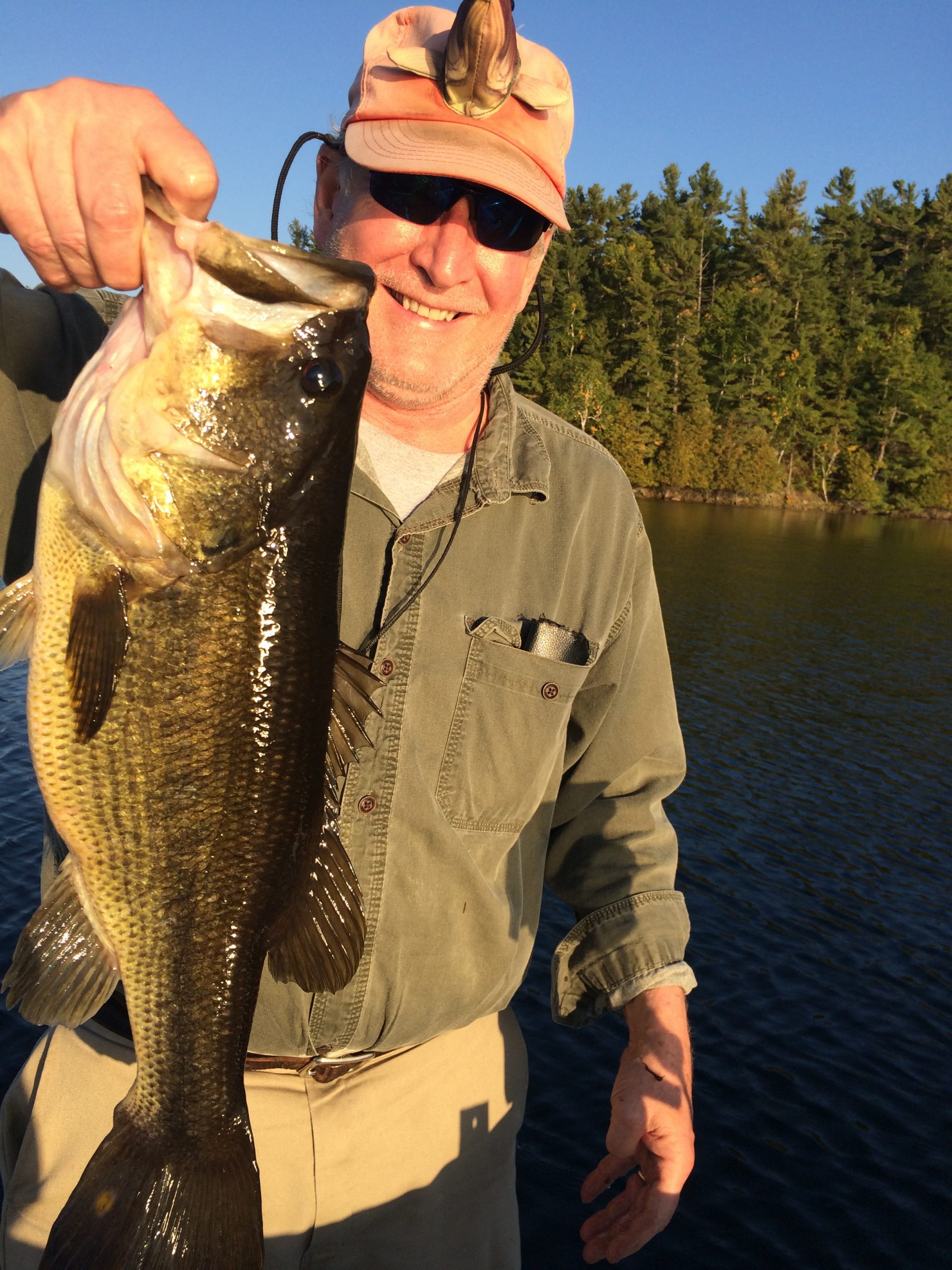Bill Brumback
Bill Brumback started his career at the Wild Flower Society in 1980 as Propagator, growing native plants for Garden in the Woods, the Society’s botanic garden, for plant sales, and researching the propagation and cultivation of rare species. The Society began to increase its conservation efforts, both in the wild and ex situ, and in 1991 he became the Conservation Director.
When did you first fall in love with plants?
I came to plants later than most, after college when I worked in Holland with bulbs and perennials. I didn’t have any interest in plants before then, but after two years in Holland I was hooked. I liked the physical work and the intellectual challenge of learning plants from the roots up.
What was your career path leading up to your position as Conservation Director at New England Wild Flower Society?
After I returned from Holland in 1973, I became the Propagator for a wholesale perennial nursery in Maryland and planned to start a nursery with a buddy of mine who had been working in Holland with me. But, while looking for land for the nursery I started taking courses in botany and taxonomy. Eventually, I decided to go to graduate school and was accepted into the Longwood Program at the University of Delaware where I became interested in endangered species conservation and wrote a thesis about the topic. After Longwood, I started a job at the Wild Flower Society in 1980 as Propagator, growing native plants for Garden in the Woods, the Society’s botanic garden, for plant sales, and researching the propagation and cultivation of rare species. The Society began to increase its conservation efforts, both in the wild and ex situ, and in 1991 I became the Conservation Director. We started the New England Plant Conservation Program (NEPCoP), our regional plant conservation collaborative. NEPCoP brings together representatives from over 50 institutions with the goal of preventing the extirpation and promoting the recovery of the region’s rare plants.
What are a couple of the major threats/challenges facing rare plants in New England? How has your, or your institution’s, work addressed them?
New England has been impacted for a long time, having been almost 80% deforested in the 1800s. We now have more forested land than 200 years ago. Ironically, succession to forests is a major reason for the decline of some of our rare species, especially those that need open habitat. The largest threats are development/habitat destruction, alteration of natural systems (hydrology, fire regimes, etc.), and invasive species. Climate change is going to be a big factor, if it isn’t already. Maybe the biggest challenge is to promote the importance of conserving plants to the public.
Through the NEPCoP collaborative, we have focused on monitoring rare plant species, banking seed from selected populations, managing rare plant occurrences where possible, and augmentation/reintroduction/introduction of rare plants.
What about working with plants has surprised you?
The survival of the plants we’ve introduced and my lack of understanding of “suitable habitat.” I have introduced plants of rare species to areas where I thought the habitat was perfect, only to have them die. Conversely, some introduced plants have survived in places I never thought they’d make it. The plants are telling me that I really don’t understand what’s going on.
Please share one of your plant conservation projects.
Probably the project that received the most attention was conservation of Potentilla robbinsiana, Robbin’s cinquefoil, known from only two locations in the alpine zone of the White Mountains of New Hampshire. Federally Listed as Endangered, the main threats were over collection by early botanists, and more recently, hikers on a historic trail that ran through the population. The trail was relocated, and the Society grew plants from seed and reintroduced the plants. In 2003, with help from many other collaborators, including the CPC, the plant was officially removed from the Federal Endangered Species list because it met the recovery objectives for both the natural and reintroduced populations. I’ll leave you to debate whether a plant that only grows in two places in the world should ever not be considered “endangered.”
What accomplishment are you most proud of achieving in your tenure as Conservation Director?
I have never achieved anything without the help of many other people, primarily Society staff and NEPCoP collaborators. I’d rather applaud the efforts of many people and organizations in the following: NEPCoP (too many people to thank), Plant Conservation Volunteers – PCVs (thanks for proving that amateurs can play a large role in plant conservation if we only let them), Potentilla robbinsiana (see above – a conservation success story), Flora Conservanda: New England (the regional list of plants in need of conservation – a collaborative effort if there ever was one), Flora Novae Angliae (the Flora of New England –first regional New England flora in 60 years, written by the Society’s botanist), and Go Botany (the website based on the Flora that is flora of the future for New England in electronic form).
How has the world of plant conservation changed throughout your career?
On a national level, the knowledge and scientific rigor in plant conservation, particularly seed banking, has increased greatly over the past 30 years. This is due in large part to the CPC and its Participating Institutions.
In what area of plant conservation do you see the need for future research?
The role of fungus in plant life and survival. I think we are just at the beginning of understanding fungal associations and their relation to plant conservation. If I had to start over, I just might be into fungus (particularly in relation to terrestrial orchids).
What parasitic plant is first in your heart?
Agalinis acuta (sandplain gerardia) – Almost entirely restricted to graveyards (really!) in New England in the 1990s, we have introduced this hemiparasitic annual species to several protected locations, and it is thriving, probably because of disturbance (fire, mowing, etc.). Flowers are beautiful, short-lived (one day!), and pollinated by bumble bees. Recent taxonomic work has shown that this federally listed taxon may actually be part of Agalinis decemloba, and it may therefore be de-listed. Whatever its name, it will still remain rare in New England.
-
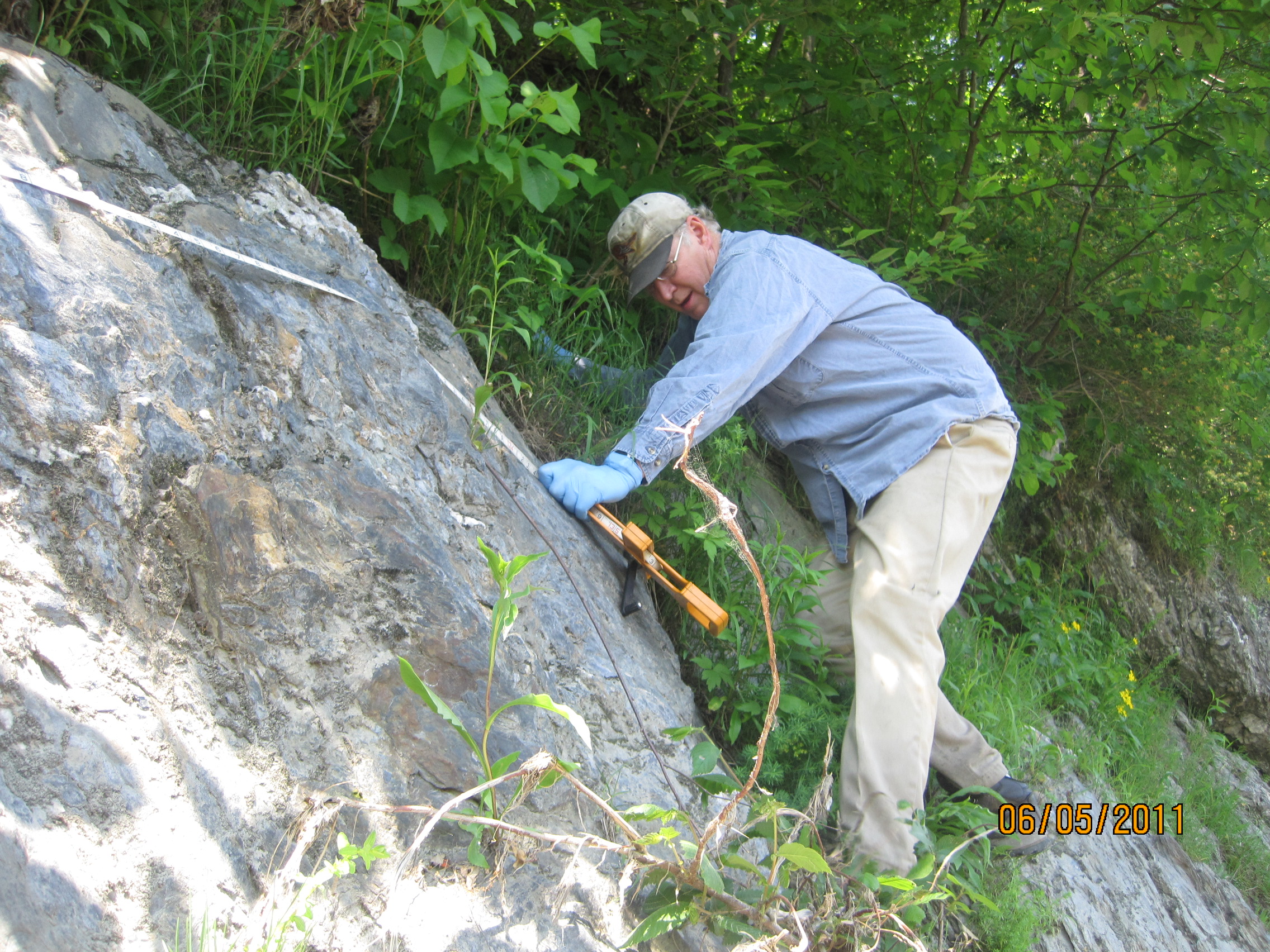
Bill monitoring Astragalus robbinsii var. jesupii. Photo by Jessica Gerke. -
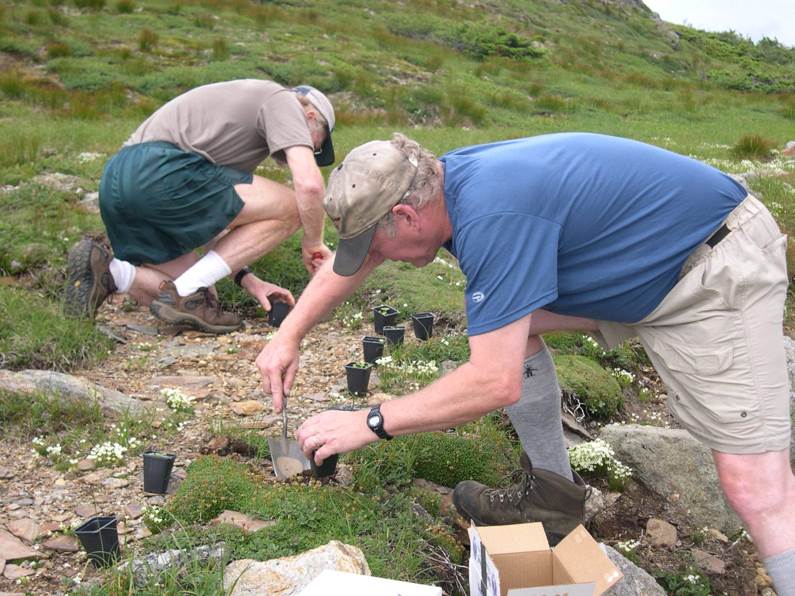
Planting out the rare Robbins’ cinquefoil, a species delisted from the Endangered Species Act protection after some great conservation successes. Photo by Doug Weirauch. -
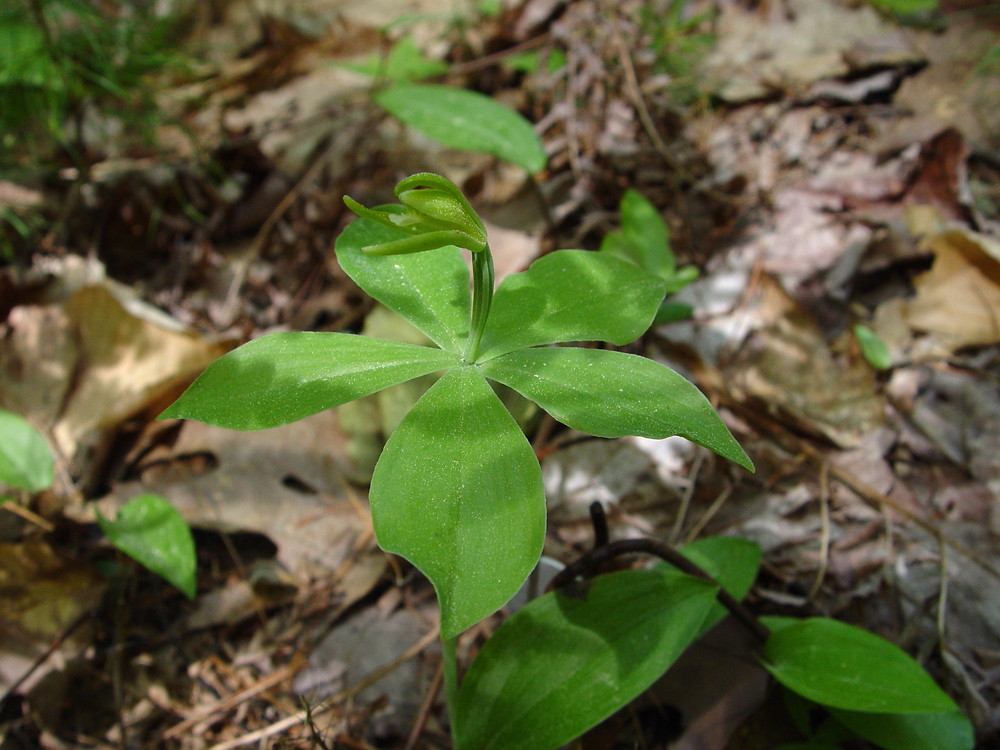
Isotria medeoloides le-dcameron. Little five leaves. Photo by Don Cameron.
-

One of Bill’s favorite parasitic plants, sandplain gerardia (Agalinis acuta), flourishes in graveyards. Photo by Bruce Sorrie. -

New England Wild Flower Society’s work with Robbins’ cinquefoil (Potentilla robbinsiana) was an early success within the CPC network. Photo by Doug Weirauch. -
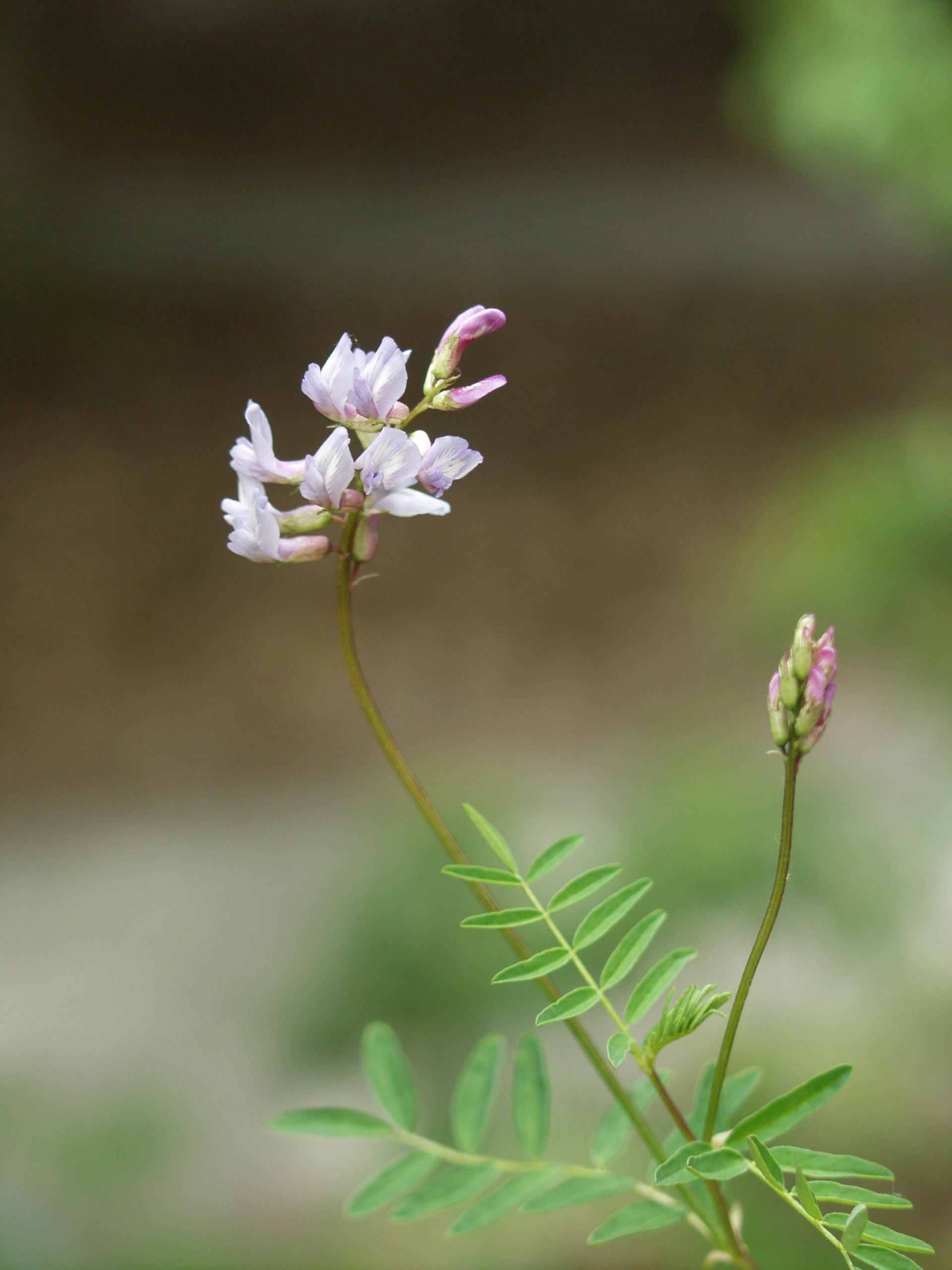
Robbins’ milk-vetch (Astragalus robbinsii var. jesupii). Photo by Lisa Mattei.
